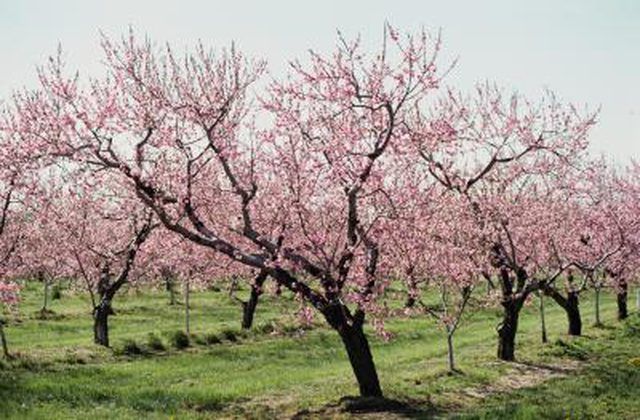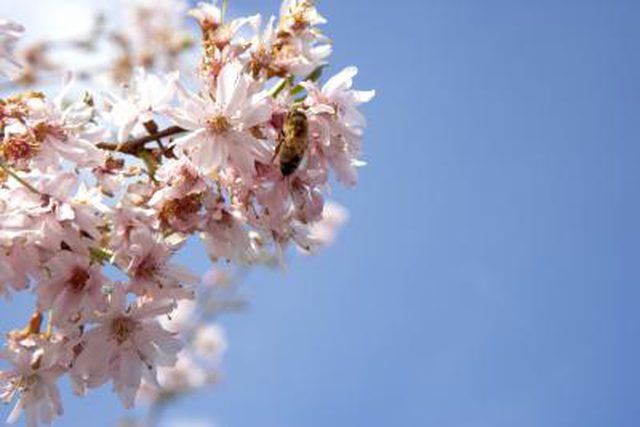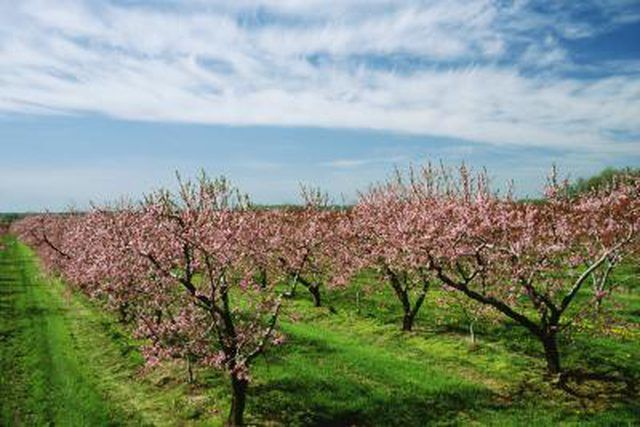Bulbs
Flower Basics
Flower Beds & Specialty Gardens
Flower Garden
Garden Furniture
Garden Gnomes
Garden Seeds
Garden Sheds
Garden Statues
Garden Tools & Supplies
Gardening Basics
Green & Organic
Groundcovers & Vines
Growing Annuals
Growing Basil
Growing Beans
Growing Berries
Growing Blueberries
Growing Cactus
Growing Corn
Growing Cotton
Growing Edibles
Growing Flowers
Growing Garlic
Growing Grapes
Growing Grass
Growing Herbs
Growing Jasmine
Growing Mint
Growing Mushrooms
Orchids
Growing Peanuts
Growing Perennials
Growing Plants
Growing Rosemary
Growing Roses
Growing Strawberries
Growing Sunflowers
Growing Thyme
Growing Tomatoes
Growing Tulips
Growing Vegetables
Herb Basics
Herb Garden
Indoor Growing
Landscaping Basics
Landscaping Patios
Landscaping Plants
Landscaping Shrubs
Landscaping Trees
Landscaping Walks & Pathways
Lawn Basics
Lawn Maintenance
Lawn Mowers
Lawn Ornaments
Lawn Planting
Lawn Tools
Outdoor Growing
Overall Landscape Planning
Pests, Weeds & Problems
Plant Basics
Rock Garden
Rose Garden
Shrubs
Soil
Specialty Gardens
Trees
Vegetable Garden
Yard Maintenance
Interesting Facts About Cherry Trees
Interesting Facts About Cherry Trees. Cherry trees are some of the most popular landscape trees because of their beautiful spring flowers, and many varieties produce tasty fruit. Some types of cherry trees are considered sterile as they do not produce any fruit, and are cultivated for their ornamental blossoms. Cherry trees grow wild in many...
Cherry trees are some of the most popular landscape trees because of their beautiful spring flowers, and many varieties produce tasty fruit. Some types of cherry trees are considered sterile as they do not produce any fruit, and are cultivated for their ornamental blossoms. Cherry trees grow wild in many European countries, North Africa and Asia Minor.

The cherry tree is a deciduous variety that flowers in the spring and loses its leaves in the fall. Flowers are typically white or pink. The bark is reddish-brown that breaks up into horizontal stripes. The leaves are oblong with jagged edges. If the tree produces fruit, it ranges from a bright to dark red, and is either sweet or sour. Sweet cherries are typically eaten plain, while sour cherries are typically used for baking.

Cherry trees have a life expectancy of roughly 20 years. They should be planted in the spring, and do well in full sun and well-drained soil. Sweet cherries are more difficult to grow as they often require pollination, while sour cherries typically self-pollinate. Cherry trees are susceptible to diseases and pests, so proper insect and disease control are required. Regular pruning typically is necessary in the spring.

Tart cherries have some of the highest levels of disease-fighting antioxidants found in fruits. Cherries also contain beta carotene, vitamin C, vitamin E, potassium, magnesium, iron and fiber. Cherries are grown in 20 countries, and the U.S. alone produces 150,000 tons of cherries annually. A single serving of cherries is 1/2 cup dried cherries, 1 cup frozen, or 1 cup juice. There was no definitive science as of 2010 that tells us how much we should eat to reap the health benefits.

Cherry trees are celebrated annually for two weeks at the National Cherry Blossom Festival in Washington, D.C., as a celebration of springtime and the friendship between the citizens of the United States and Japan. In 1912, the Tokyo mayor gave Washington, D.C., 3,000 cherry trees. The first festival was held in the spring of 1935, and Japan donated 3,800 more trees in 1965. More than a million people visit Washington, D.C., each year to admire the cherry blossoms throughout the city.

The cherry tree is deeply embedded into the history of the United States thanks to this long-lived fable. The first president of the United States did not chop down a cherry tree and proclaim he couldn’t tell a lie. The fable was written by Mason Locke Weems and printed in The Life of Washington in 1809. The fable remains popular, however, and continues to be used as a tool to teach children the reward of telling the truth.